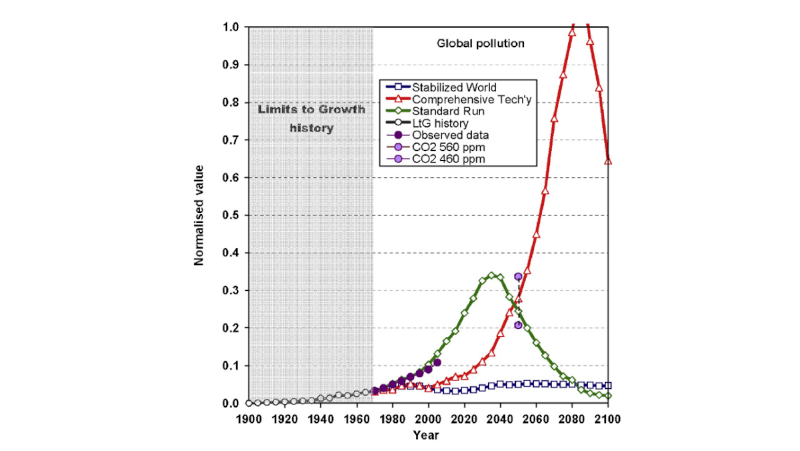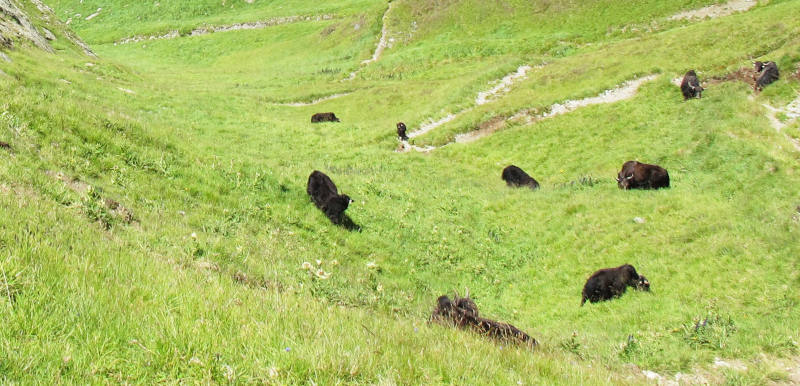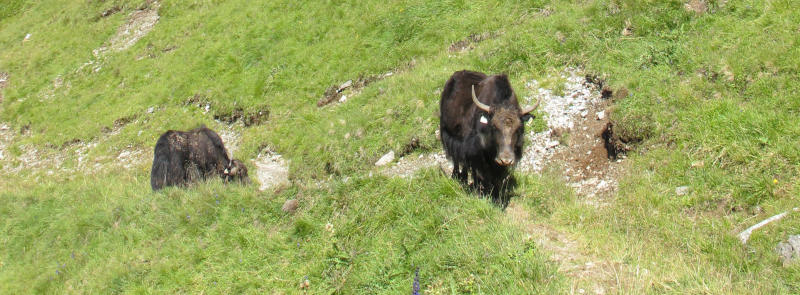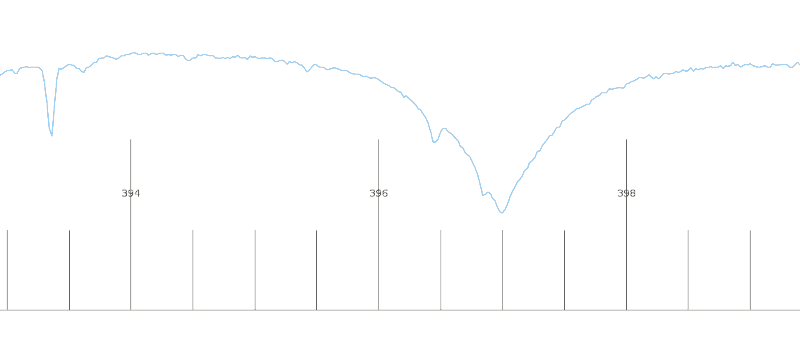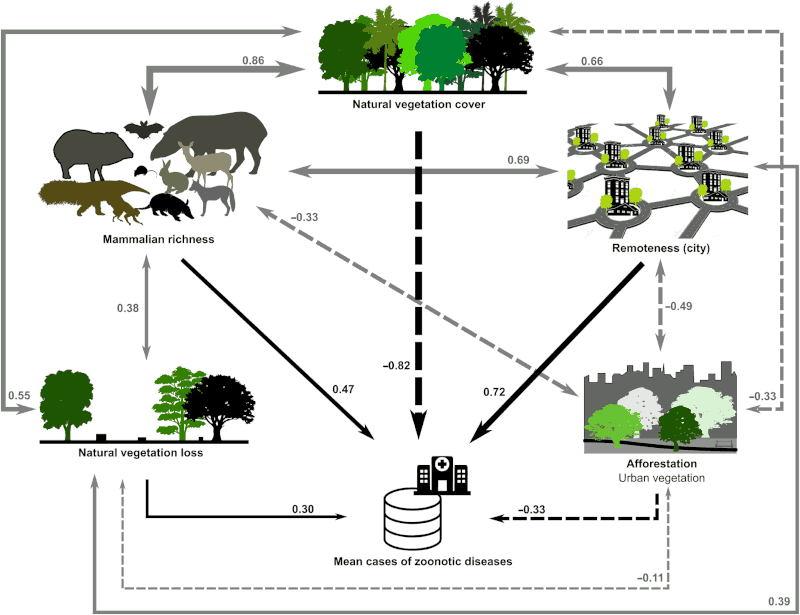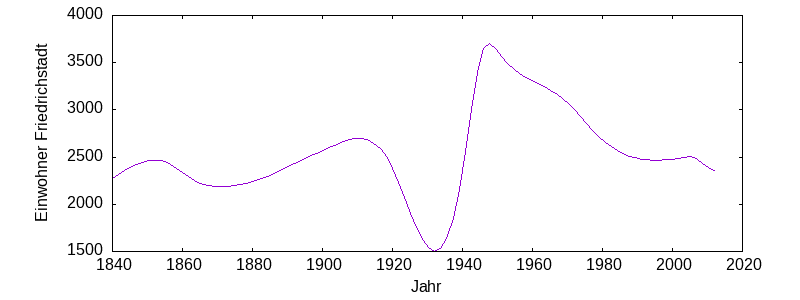Vom Händeringen und der digitalen Themengestaltung

Skandal! Es finden sich einfach nicht genug Menschen, die solche hochnützlichen e-Roller in Nachtschichten einsammeln und aufladen wollen. Das verlangt doch wirklich nach einer profunden Erklärung.
Zu den öffentlichen Narrativen, die wirklich offensichtlich Bullshit sind, gehört seit mindestens zwanzig Jahren die Rede vom „Fachkräftemangel“ und ganz besonders den „händeringend“ nach Beschäftigten suchenden Unternehmen. Ja – so alt ist das schon, es koexistierte bereits mit den verschiedenen Erzählungen vom „Reformstau“, die zur Durchsetzung der Hartz-Gesetze ersonnen worden sind.
Ich erinnere mich an eine Gewerkschafts-Veranstaltung um 2005 herum, in der Mitglieder allen Ernstes argumentierten, die wahnsinnige Befristungspraxis an den Universitäten müsste schon wegen des „Fachkräftemangels“ bald ein Ende haben, denn sonst würden die Unis keine Beschäftigten mehr finden. Reality Check nach knapp 20 Jahren:
Der Anteil der befristet beschäftigten wissenschaftlichen Mitarbeiterinnen und Mitarbeiter sei mit 84 Prozent an den Universitäten und 78 Prozent an den HAW so hoch wie vor der Reform [des Wissenschaftszeitvertragsgesetzes], sagt [Andreas] Keller[, der im GEW-Hauptvorstand u.a. für Unis zuständig ist.]
Nicht viel besser sieht es in den meisten Bereichen der Industrie aus – miese Verträge und miese Behandlung des Humankapitals sind selbst in ach-so-Mangel-Bereichen wie, sagen wir, Computerbasteln eher die Regel als die Ausnahme (was erklären hilft, wie die Unis mit ihrem Mist durchkommen). Mag sein, dass es tatsächlich einen Mangel an Menschen gibt, die für wenig Geld viel arbeiten und schon genau das können, was so ein Betrieb haben will. Big deal: Wer die Arbeitskraft anderer Menschen nutzen will, wird sie in aller Regel geeignet zurichten müssen.
Gäbe es jedoch tatsächlich einen Mangel an fair und sinnvoll beschäftigbaren Menschen, gäbe es keine Befristungsquoten um 80%, und es gäbe keine Qualitätszirkel, Knebelverträge und gute Räte zu Überstunden. Solange hingegen wirklich kreuzüberflüssige und garstige Betriebe wie Lieferdienste (sagen wir, gorillas) oder E-Roller-Anbieter (die Menschen als „juicer“ vernutzen) immer noch menschliche Arbeitskraft in erschreckendem Umfang verschleudern, gibt es ersichtlich keinen Mangel an jedenfalls qualifizierbarem Personal.
Die zwei Seiten einer Zeitungsseite
Die Absurdität dieser ganzen Debatte hat in der Wochenendausgabe der taz Volker Surmann in seiner Glosse „Verschluckt vom Erdboden“ schön verarbeitet:
Die gelernte Naturwissenschaftlerin Schädele klingt deutlich sachlicher, kommt aber zum selben Ergebnis: „Uns ist keine Branche bekannt, die zurzeit nicht händeringend Personal suchte! Wir können daraus nur den einen logischen Schluss ziehen: Wohin auch immer die Menschen sich umorientiert haben, sie sind dort nie angekommen.“
Großartig.
Wer das im Netz liest, verpasst allerdings die Punchline. Auf Papier steht der Artikel nämlich Rücken an Rücken mit der Anzeigenseite des Blattes, die dominiert wird von vier Stellenanzeigen der taz selbst. Eine Zeitung, würde mensch naiv erwarten, braucht vor allem Leute, die Artikel schreiben oder vielleicht auch mal korrekturlesen. Klar, Drucker oder Setzerinnen erwartet im Zeitalter langer Lieferketten sicher niemand mehr, aber das, was inzwischen Contentproduktion getauft wurde, das wird doch wohl schon noch im Haus gemacht[1]?
Oder?
Ein Kessel Ödnis
Nun, die taz sucht im Einzelnen:
- „Co-Leitung der Anzeigenabteilung“. Ganz ehrlich: Niemand, genau niemand, will Anzeigen verkaufen müssen. Mensch belästigt Leute in anderen Firmen, um die eigenen LeserInnen zu belästigen. Einen deprimierenderen Job kann ich mir kaum vorstellen, vielleicht abgesehen von:
- „Print-Online-Akquisiteur*in“. Diese*r soll „kreative Vermarktungsansätze“ ausbrüten, also die anderen Firmen noch penetranter belästigen, vermutlich unter Versprechen, die LeserInnen zu wehrloseren Opfern von Marketingbotschaften zu machen. Gut, in Wahrheit wird sich die Kreativität in engen Grenzen halten sollen, zumal das Ding auf 2 Jahre befristet ist. Trotzdem: der zweite Job, der nichts mit der eigentlichen Aufgabe einer Zeitung zu tun hat.
- „Entwickler:in mit Schwerpunkt PHP und Datenbanken“. Immerhin: das dient irgendwo der Verbreitung der Artikel, ist also wenigstens etwas „mit Medien“. Allerdings: „es handelt sich hierbei nicht um Webentwicklung, sondern um die Aufbereitung und Bereitstellung unserer Verlagsprodukte für unsere Apps, als ePaper in verschiedenen Formaten und für unsere Syndikationen.“ Nun… „…produkte“. So richtig nach Zeitung klingt das nicht. Aber immerhin versteht bei der taz offenbar wer was von Computern, denn der/die BewerberIn sollte „gewohnt sein, mit GIT [sic!] und Debian-Paketen zu arbeiten”. Und ich muss offen gestehen: die Seite, über die die taz ihre PDFs und epubs verbreitet, ist klasse: einfach, offen, interoperabel, ressourcensparend. So soll sowas sein. Hoffen wir, dass der/die erfolgreicheR BewerberIn das nicht anfasst.
- Schließlich doch noch was, was nach Presse klingt: „Redakteur*in“. Aber dann kommt eine beunruhigende Qualifikation: „für digitale Themengestaltung“. Hu? „Digital“? Was soll diese Person tun? „[A]ktuelle Texte und Themen sowohl print als auch online optimal präsentier[en]“. Wieder keine Artikel schreiben, wieder keine Recherche, wieder keine Reflektion. Stattdessen: „Profunde Interred-Kenntnis“ (ich musste auch erst in der Wikipedia nachsehen: das ist ein proprietäres CMS. Igitt) und „Fähigkeit zur Nutzung weiterer Tools wie Datawrapper“ (das hat es nicht mal in die Wikipedia geschafft [Update 2022-09-19: @ulif@chaos.social hat nachrecherchiert – danke!]).
Lauter Jobs, die doof sind, sich im Kern ums Belästigen verschiedener Leute drehen und jedenfalls wenig bis nichts mit der Aufgabe einer Zeitung zu tun haben, Informationen zu sammeln, zu verbreiten und einzuordnen: Ich finde es überhaupt nicht überraschend, dass sich für sowas niemand findet, solange die Leute nicht ganz existenziell bedroht sind. Dazu kommt: Würden die hier ausgeschriebenen Arbeiten nicht gemacht, wäre die Welt sicher nicht schlechter. Aber vielleicht besser.
Bestimmt kommt aber nächste Woche schon wieder jemand und beklagt einen „Fachkräftemangel“. Statt nun das ganze eigentlich auf der Hand liegende Zeug mit sinnlosen Scheißjobs und mieser Behandlung zu erzählen, werde ich in Zukunft einfach meine Lieblingserklärung aus der Suhrmann-Glosse zitieren:
Mit der Mär von beruflicher Neuorientierung vertusche die Deutschland GmbH nur die [Millionen von] Impftoten. [Der Arbeitsamts-Mitarbeiter] Mulde hakt ein. Wenn das stimme, wo seien dann die ganzen Toten geblieben? „Die wurden alle verbrannt, heimlich, deswegen war es im Sommer so heiß!“
Zumindest kann mensch diesem Szenario im Vergleich nicht den Vorwurf machen, es sei <gnurk> unterkomplex.
Nachtrag (2022-09-25)
Irgendwer vom Neuen Deutschland, ähm, nd, liest hier offenbar mit, denn die inserieren in der aktuellen taz-Wochenendausgabe (hat da der/die AnzeigenaquisiteurIn ganze Arbeit geleistet?) selbst zwei Bullshit-Jobs:
- Mitarbeiter*in Social Media
- Mitarbeiter*in Marketing und Kommunikation
Für das Analogon zu (2) der taz-eigenen Ausschreibungen von letzter Woche hat sich übrigens wahrscheinlich wer gefunden, denn die entsprechende Anzeige ist in dieser Woche weg. Um Anzeigenfuzzis auf verschiedenen Hierarchiestufen und PHP-Entwickler:in jedoch ringt die taz immer noch mit den Händen.
| [1] | Nun, in diesen Tagen würde ich der taz natürlich besonders die Beschäftigung eineR HistorikerIn ans Herz legen zur Untersuchung, wie es vergleichbar kriegsbegeisterten Blättern nach früheren Kriegen gegangen ist – und ob mensch zur Abwechslung mal nicht fünfzig Jahre verstreichen lässt vor der Einsicht, dass das ganze Sterben und die ganze patriotische Glut völlig umsonst waren. Aber das ist, das gebe ich zu, ein völlig utopischer Traum. |
![[RSS]](./theme/image/rss.png)










